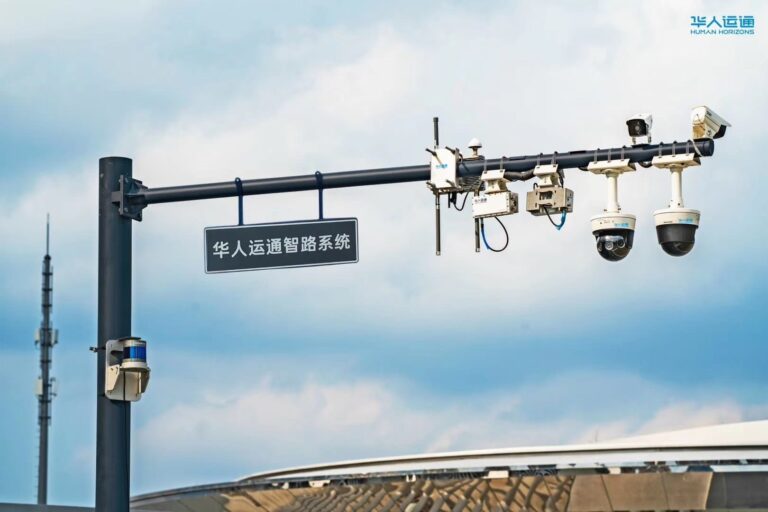Chinese automotive-technology company Human Horizon has announced that it is building smart city infrastructure in the AI hub of Zhangjiang Hi-Tech Park in Shanghai.
The project, called the Vehicle-Road-City Integrated Smart City, is laying the groundwork for high-tech roads and autonomous vehicles in future smart cities.
The initiative is part of a larger Human Horizons’ strategic blueprint called 3 Smart, which consists of smart vehicles, smart roads, and smart cities.
The 100,000m2 smart city project uses 5G, V2X collaboration, big data, cloud computing, and artificial intelligence to realise an ecosystem of autonomous buses, a smart road network, and smart city traffic management monitoring centre.
Lidar technology is also on display, demonstrating solutions on how it can be used to support 5G networks. The traffic management monitoring centre receives and analyses data from the road and three autonomous shuttles travelling within the park.
According to Human Horizons, this is the first 5G autonomous driving traffic management archetype in the world that integrates the vehicle-road-city ecosystem.

Reportedly the first smart 5G-V2X capable vehicle, Human Horizons’ batteyr-electric HiPhi 1 can integrate into the smart city’s V2X autonomous driving traffic management system.
Its L3 dual redundant autonomous driving systems also provide it with the capability of moving towards higher levels of autonomous driving in the future.
Ding Lei, chairman of Human Horizons, said: “The implementation of the smart city project demonstrates that our 3 Smart strategy is both an ambitious as well as a practical goal.
“The development of future human mobility must be combined with the intelligentisation of roads and cities.
“While much progress is being made, it will still be some time before Human Horizons’ smart city can be rolled out on a much larger scale.
“However, if we can cut through the red tape, Human Horizons’ smart city could stand as a shining example of how science and technology can improve daily life for all people.”





